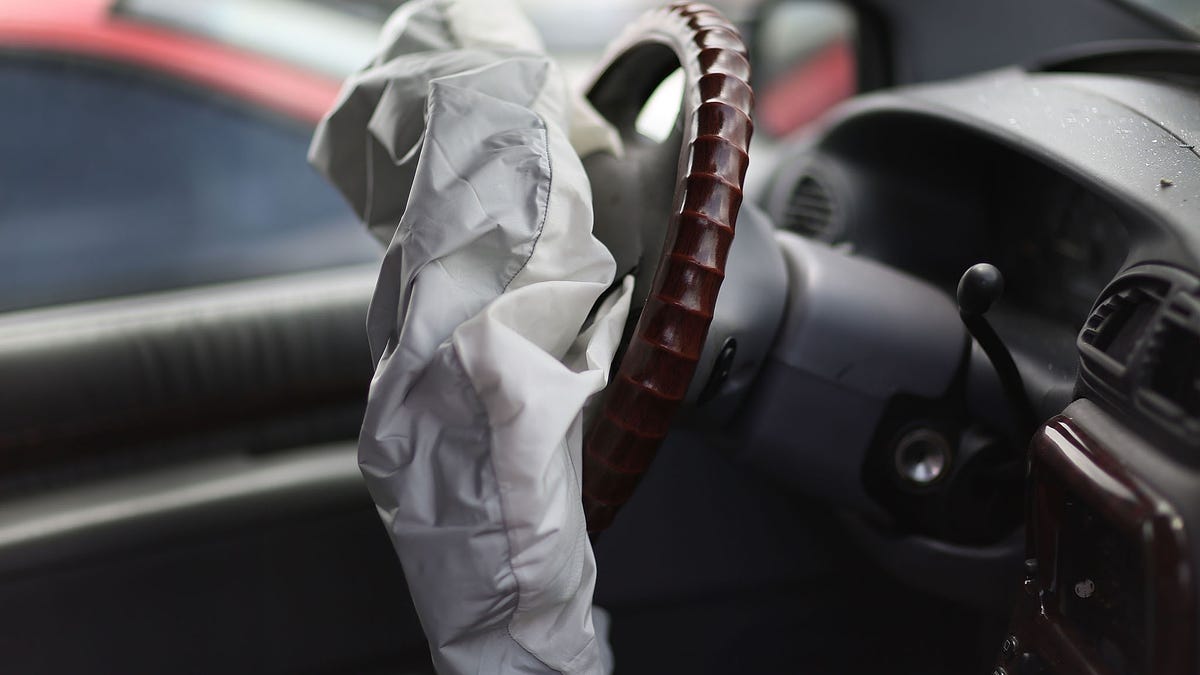Takata's airbags rupture by the hundreds during testing
Even though the number may seem small, it wouldn't be that insignificant if it's in your car.

There's probably never going to be a happy ending to Takata's airbag-inflator scandal. Not when its parts continue to fail, potentially filling vehicles with shrapnel instead of properly inflated airbags. Additional testing by the US government once again confirms what we mostly already know -- these parts are genuinely dangerous.
The National Highway Traffic Safety Administration removed nearly 250,000 Takata inflators from vehicles and tested them. Of those components, 660 ruptured, Bloomberg reports. While that's roughly 0.3 percent of those being tested, with tens of millions of inflators out in the wild, it's not an insignificant fraction.
The tests weren't done to point out that the inflators are dangerous -- that much has been obvious for months. Rather, the tests are meant to scare owners into bringing recalled vehicles in for service. Whether it's airbag inflators, rusty bolts or other bad components, only about half of recalled vehicles end up coming in for service.
Takata's scandal revolves around the use of a specific material in its inflators. The company used non-desiccated ammonium nitrate to save money, but when exposed to high humidity, the part can fail, turning a properly inflated airbag into a cloud of shrapnel. At least 15 deaths have been linked to the inflators.
Some 70 million inflators are earmarked for replacement over the next three years, prioritized by potential risk. Manufacturing all those extra parts won't be easy, and Takata is currently looking for a buyer to help make it through this alive. It could end up spending billions just to make everything good, which is ironic, since this whole thing came about because Takata wanted to cut costs.

